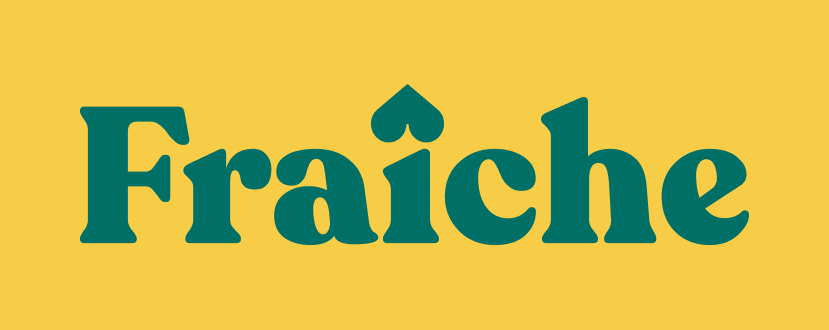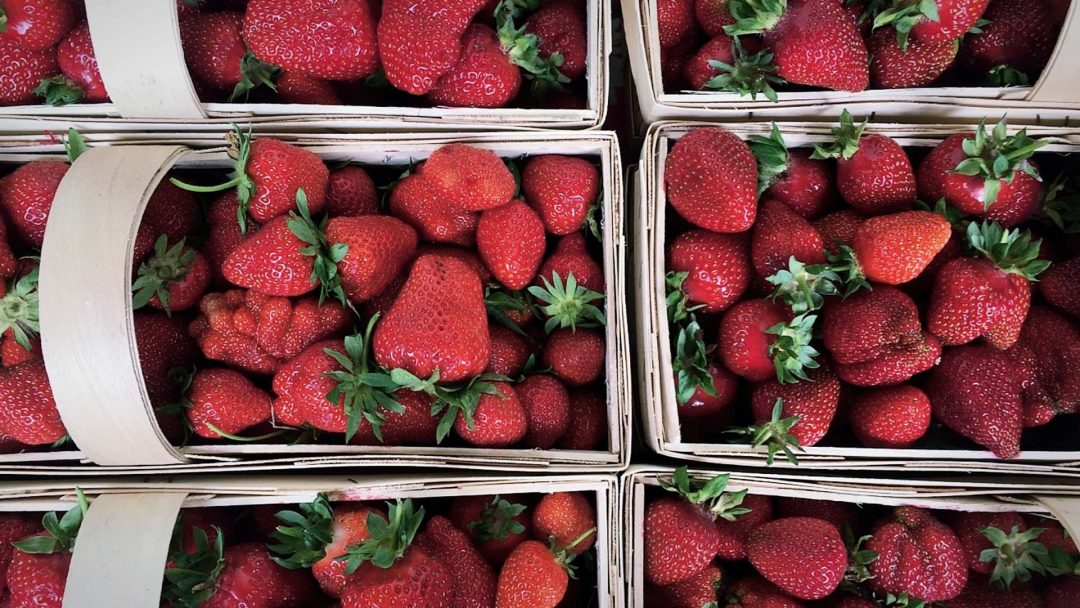What does healthy really mean? We see the word healthy float around in our daily lives: plastered on restaurant windows, food labels in the store, and Instagram feeds.
But does having the word healthy printed on a product actually mean it is good for us?
According to the Cambridge dictionary, healthy is defined as “strong and well” while “heath food” is described as, “food that is believed to be good for you because it does not contain artificial chemicals or much sugar or fat”
A healthy diet, is actually quite simple
It consists of a balanced and nutritional diet of vegetables, fruits, whole grains, and healthy fats. Despite what the many different diets out there are saying (for exampleL Keto, Paleo, Low-Fat diets,) the body needs the most basic, wholesome ingredients to survive and thrive! However, according to shocking statistics, the average American isn’t nearly meeting the basic requirement of fruits and vegetables.
According to the CDC in 2013, 76% of Americans did not meet fruit intake recommendations, and 87% did not meet vegetable intake recommendations, which continues to stay shockingly low to this day. On the other hand, the consumption of added fats and grain consumption, respectively, rose substantially since the 90s.
This does not come as a big surprise as grocery stores, food vendors, and quite frankly, any convenience store you walk into has a range of packed food that my look attractive, but takes the focus off the fruit and veggie isles. However, you might also notice that this packaged food may fool you by being labelled or advertised as “healthy.” These labels, such as “healthy”, “low-fat”, or “low-sugar” has been engraved in our minds, making us believe that what we’re buying is actually good for us.
Well, think again…
Only 2.7% of Americans have a “healthy” lifestyle. A “healthy lifestyle” involves: being sufficiently active, eating a healthy diet, being a nonsmoker, and having a healthy body fat percentage – According to the Mayo Clinic
Nearly 59% of consumers have a hard time understanding nutrition labels
If you’re feeling overwhelmed, don’t be. Nearly 59% of consumers have a hard time understanding nutrition labels, according to a Nielsen survey. Labels including: all-natural, multigrain, no sugar added, sugar free, fat free, immunity booster, gluten free, made with real fruit, are not necessarily what they mean.
For example, a gluten free cookie, which may seem to be a “healthy” choice, since it has no gluten flour in it, is probably pumped with other synthetic flours, sugars, and oils. Does that sound healthy to you?
An “all natural” label also seems quite good, but again, don’t be fooled. An item to be labelled as “all natural” should not contain added colors, artificial flavors, or synthetic substances.
“Some natural products will have high fructose corn syrup and companies will argue that since it comes from corn, it’s healthy,” says Stephan Gardner, director of litigation at the Center of Science in the Public Interest (CSPI) (source)
Take a step back
Taking a step back from the fad diets, counting calories, and racking your brain about what’s “healthy”, it’s important to understand that it really is quite simple to be “healthy.” Here are some basic tips:
- The simpler, the better. Stick to whole ingredients such as vegetables and fruits and get creative with what you cook with spices and herbs. When eating out, make sure you understand all the ingredients in the meal. We’re really proud to partner with amazing restaurants like Le Botansite who use wholesome, plant-based ingredients, making your lunch choice a bit easier 😉
- Forget the false labels! Always check the actual ingredient list on the products you’re buying. If you can’t pronounce one of the ingredients or don’t understand what it is, it’s probably not something you’ll feel good about consuming.
- Processed foods are the most dangerous when it comes to fake “healthy.” Craving a cookie? Trying making it at home with ingredients you know will go in. Chips? How about getting an air fryer and trying some kale chips at home!




